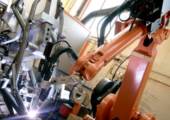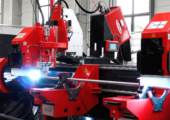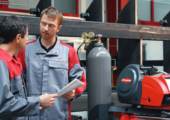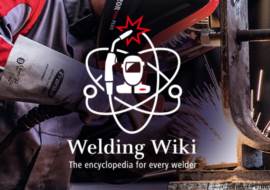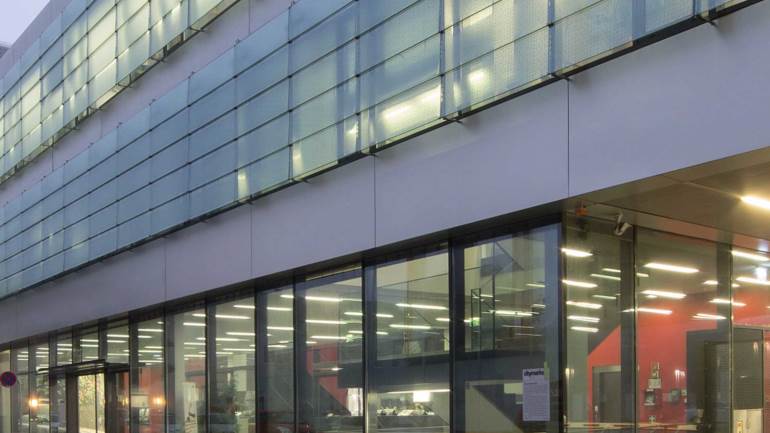-


在线留言
发送您的问题或需求,我们将尽快与您取得联系!
×
-
SUSTAINABLE WELDING: WHAT ARE THE CRUCIAL FACTORS?
SUSTAINABLE WELDING: WHAT ARE THE CRUCIAL FACTORS?
07/27/2020
Acting sustainably and taking a sensible approach to the use of resources and energy is becoming increasingly important in industrial production – not just in view of new energy laws and eco-design directives but also in view of cost effectiveness and companies’ environmental footprint. Given that welding technology is a central component of many production processes, we are seeing this trend becoming established here too. But how do we make welding especially sustainable?
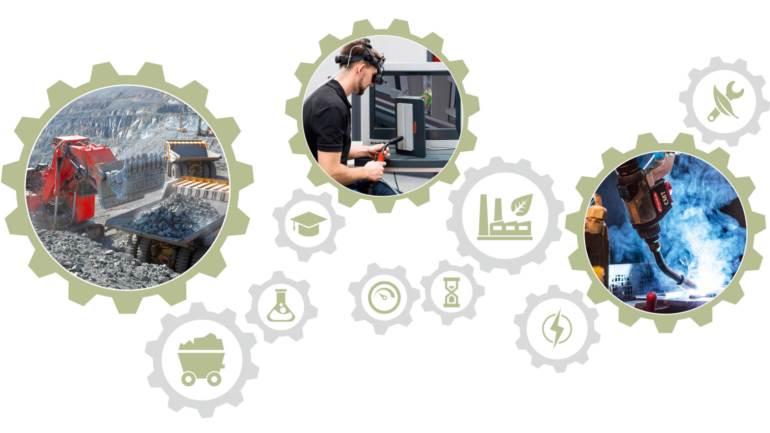
RESOURCE-CONSERVING PROCESSES
Where the welding process is concerned, a whole range of factors have an impact on sustainability. These include but are not limited to the following: the welding speed, system costs, raw materials, processing time, and filler metals, as well as seam quality. To get an overall picture, it is worth looking at the entire process chain. After all, the extraction of the raw materials for parent materials and welding filler metals, and the manufacture of auxiliary materials also use energy. It is therefore not only the procurement of resources that is important but also the production of the individual components of a welding system.
SUSTAINABLE WELDING IN PRACTICE
The use of modern and sophisticated welding technology is equally important when it comes to achieving sustainable production. The more reliable and versatile the welding system, the more efficient the manufacturing processes. Operators can use suitable technology to increase the welding speed, while consistently maintaining high quality and maintaining the ideal conditions. This means that it may even be possible to dispense with entire production cells. It also helps to reduce the use of energy and production resources such as filler materials and auxiliary materials.
How can a welder create cost-effective and high-quality joints in practice with minimum environmental impact? First, we have to make a distinction here between the different welding processes. In the case of manual arc welding or manual metal arc welding, it must be taken into account, for example, that approx. 35 mm of each welded electrode is left over, and this has a negative impact on sustainability. It also takes the welder time to change the rod electrode and clean the bead. While this is being carried out, the welding power source is in idle mode and cannot be used. The efficiency of the process is reduced as a result. However, if the welder uses a process that involves a consumable “endless electrode”, such as MAG welding, these aspects do not apply.
BOOSTING EFFICIENCY WITH SPECIAL WELDING PROCESSES
MAG welding is proven to be one of the most sustainable welding processes. It is particularly efficient, clean, fast, precise, and flexible in practice. Another environmentally friendly welding process is laser gas metal arc welding. With this process, you need very little filler material and you also benefit at the same time from a high speed. If one of these two welding processes is used, this does not automatically mean, however, that you are acting particularly sustainably. With each application, it is important to weigh up in advance which process is most suitable. Welding can only be said to be sustainable if the technical system effort is offset against the consumption of resources, quality, and cost effectiveness.
SUSTAINABILITY IN WELDING TRAINING
Welder training can also be made more sustainable from the outset by using appropriate resources. Fronius’ portfolio includes a solution that novice welders can use to complete virtual training in basic skills and torch control – the Virtual Welding simulation system. Virtual Reality (VR) enables the user to learn how to use and then practice using different welding processes. Novice welders can choose from the following processes: manual arc welding, gas metal arc welding (MIG/MAG), and Tungsten Inert Gas welding (TIG). Virtual training saves resources and therefore also costs as no consumables are required. This type of training thus makes a very positive contribution towards sustainability.
Achieving sustainable production is dependent upon various factors: the right welding process for the application and a higher welding speed together with a low rework and rejection rate – all these are crucial for sustainable action in welding technology. But the very first step begins with choosing the right welding system.
-


 下载
下载
 会员中心
会员中心


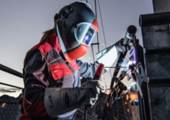
 收起
收起

